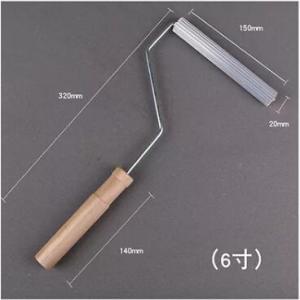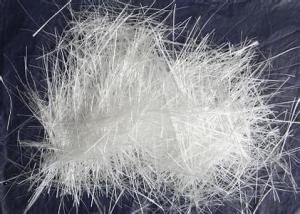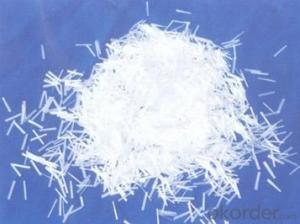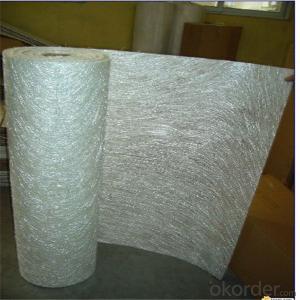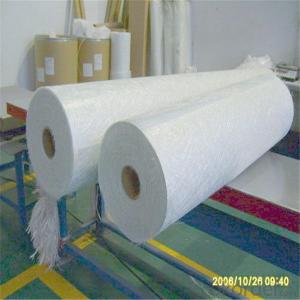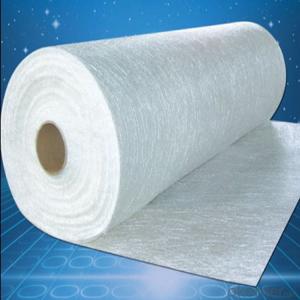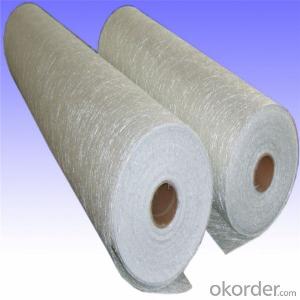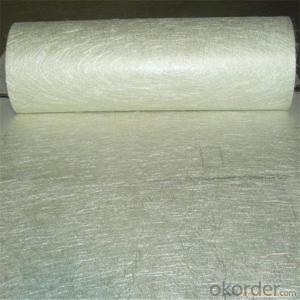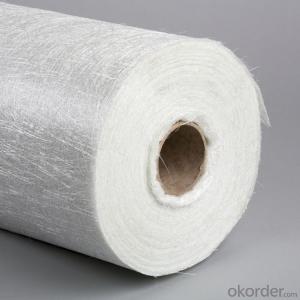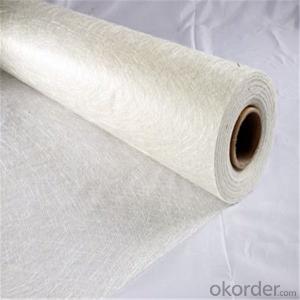All Categories
- - Steel Wire Rod
- - Steel Coils
- - Steel Profiles
- - Steel Pipes
- - Stainless Steel
- - Tinplate
- - Special Steel
- - Steel Sheets
- - Steel Rebars
- - Steel Strips
- - Hot Rolled Steel
- - Cold Rolled Steel
- - Pre-painted Steel
- - Seamless Steel Pipe
- - Welded Steel Pipe
- - Hollow Steel Tubes
- - Galvanized Pipe
- - Stainless Steel Coil
- - Stainless Steel Sheet
- - Stainless Steel Plate
- - Stainless Steel Strips
- - Electrolytic Tinplate Coil
- - Electrolytic Tinplate Sheet
- - Stainless Steel Rebars
- - Solar Panels
- - Solar Water Heater
- - Solar Related Products
- - Solar Inverter
- - Solar Cells
- - Solar Light
- - Solar Energy Systems
- - Solar Controllers
- - Solar Mounting System
- - Solar Pump
- - Solar Chargers
- - Fiberglass Chopped Strand
- - Fiberglass Mesh Cloth
- - Composite Pipes
- - FRP Pultrusion Profiles
- - Fiberglass Mat Tissue
- - Fiberglass Fabrics
- - Fiberglass Mesh
- - Composite Tank
- - Fiberglass Mesh tape
- - Polymer
- - FRP Roofing Panel
- - Fiberglass Roving
- - Monolithic Refractories
- - Ceramic Fiber Products
- - Refractory Bricks
- - Raw Materials For Refractory
- - Suspended Platform
- - Cranes
- - Concrete Machinery
- - Earthmoving Machinery
- - Building Hoist
- - Road Building Machinery
- - Plastic Pipe Fittings
- - Plastic Tubes
- - Plastic Sheets
- - Agricultural Plastic Products
- - Plastic Nets
 All Categories
All Categories
Q & A
How does the processing temperature affect the properties of fiberglass chopped strand composites?
The processing temperature affects the properties of fiberglass chopped strand composites by influencing the matrix resin's viscosity and curing kinetics. Higher processing temperatures tend to lower the resin viscosity, allowing better wetting and impregnation of the chopped strands. This results in improved fiber-matrix adhesion and overall mechanical properties, such as tensile strength and stiffness. However, excessively high temperatures can lead to premature curing, creating voids and reducing the composite's mechanical performance. Therefore, finding the appropriate processing temperature is crucial for optimizing the properties of fiberglass chopped strand composites.
What is the shear strength of fiberglass chopped strand?
The shear strength of fiberglass chopped strand can vary depending on various factors such as the type of resin used, the length and orientation of the fibers, and the manufacturing process. However, on average, the shear strength of fiberglass chopped strand is typically around 30-50 MPa (megapascals).
What are the requirements for fiberglass chopped strand in marine applications?
The requirements for fiberglass chopped strand in marine applications typically include high tensile strength, corrosion resistance, and compatibility with various resins used in boat manufacturing. It should also have good wet-out properties for easy impregnation with resin, as well as excellent adhesion to the surrounding materials. Additionally, it should be able to withstand exposure to harsh marine environments, including saltwater, UV radiation, and extreme temperatures.
What are the considerations for surface finishing when using fiberglass chopped strand?
When using fiberglass chopped strand, there are several considerations for surface finishing.
Firstly, it is important to ensure proper resin wetting and impregnation of the chopped strand. This can be achieved by using the correct resin-to-glass ratio and ensuring thorough mixing. Proper wetting is crucial for achieving a smooth and uniform surface finish.
Secondly, any air bubbles or voids that may have formed during the application of chopped strand should be eliminated. This can be done by using techniques such as rolling, stippling, or using vacuum bagging to remove trapped air. Removing air bubbles and voids helps in achieving a flawless surface finish.
Thirdly, proper sanding and finishing techniques should be employed. After the resin has cured, the surface can be sanded to remove any imperfections or roughness. Gradually progressing through finer grits of sandpaper will help achieve a smooth finish. Additional layers of resin or gelcoat may also be applied to enhance the surface quality.
Lastly, it is important to consider any specific requirements or expectations for the final surface finish. This could include factors such as color, gloss, or texture. Depending on the desired outcome, additional steps or materials may need to be incorporated into the surface finishing process.
By paying attention to these considerations, one can achieve a high-quality surface finish when using fiberglass chopped strand.
Wholesale Fiberglass Chopped Strand from supplier in Hungary
We are a Fiberglass Chopped Strand supplier serving the Hungary, mainly engaged in the sale, quotation, and technical support services of various Fiberglass Chopped Strand products in the Hungary region. We are a subsidiary platform of the Fortune Global 500 company CNBM, able to provide you with one-stop Fiberglass Chopped Strand procurement services in the Hungary. Not only do we have a wide range of Fiberglass Chopped Strand products, but after years of market development in the Hungary, we can also provide valuable experience for your projects.



